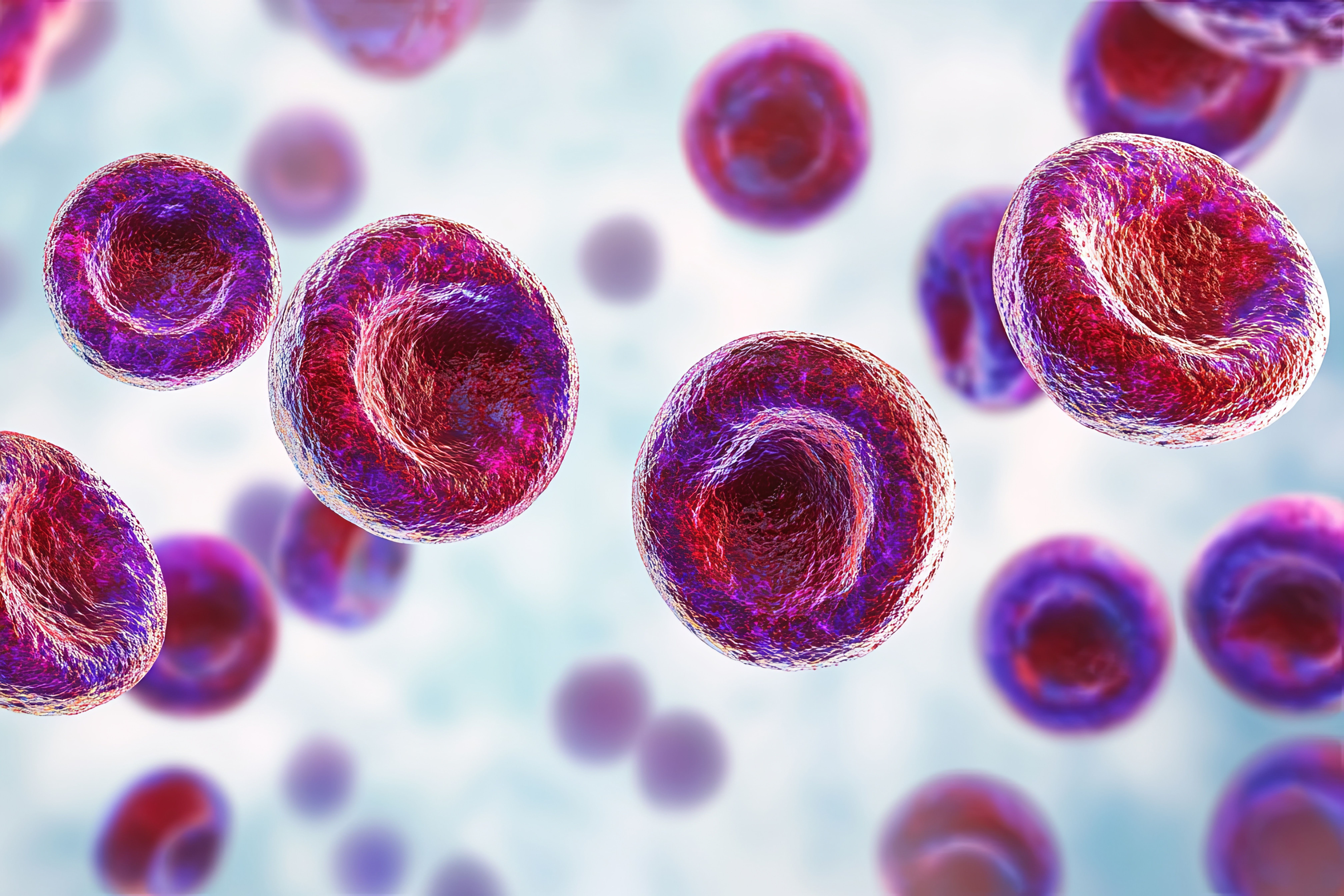News
Article
Primary Cicatricial Alopecia Connected to Increased Risk of Endocrine, Metabolic Diseases
Author(s):
A study using a large Korean health database found that people with a rare hair loss disorder called primary cicatricial alopecia were more likely to also have additional health problems like diabetes and high blood pressure compared with people who had other hair loss conditions or no hair loss at all.
Patients with primary cicatricial alopecia (PCA) have a greater risk of endocrine and metabolic disease development compared with patients with non–cicatricial alopecia (NCA) and those with no alopecia history.
A nationwide, population-based, cross-sectional study, published in The Journal of Dermatology, utilized the Korean National Health Insurance Service (NHIS) database to investigate endocrine and metabolic comorbidities among patients with PCA and subtypes compared with patients with NCA and no history.1 Research was conducted between January 1, 2011, and December 21, 2020.
Receding hairline | Image Credit: Bongkochrut - stock.adobe.com

Whereas secondary cicatricial alopecia has specific causes like infections, trauma, and autoimmune diseases, the cause of PCA is unknown. The destruction of hair follicles, resulting in permanent hair loss, is mainly how PCA’s idiopathic disorder is described.
Sometimes referred to as scarring alopecia, PCA causes irreversible damage to hair follicles, which are replaced by fibrous tissue.2 This prevents hair regrowth because the epithelial stem cells in the outer root sheath at the level where the arrector pili muscle inserts is destroyed.
There is low incidence of scarring alopecia among patients with PCA, but this has only obstructed further knowledge on endocrine and metabolic comorbidities.1 Previous studies tended to focus on lichen planopilaris and frontal fibrosing alopecia.
The NHIS comorbidities of interest were endocrine and metabolic diseases such as dyslipidemia, diabetes, hypertension, and thyroid disease. Potential risk factors of PCA were found by comparing ORs for developing PCA with ORs for developing NCA or no previous alopecia history. Measurable factors included body mass index (BMI), systolic blood pressure, fasting serum glucose levels, and total cholesterol. Subgroup analyses was performed to identify the comorbidity profile of each PCA subtype.
Endocrine and metabolic comorbidities were of great interest in the study because autoimmune diseases elevate a patient’s risk of a subsequent autoimmune diagnosis.3 The National Alopecia Areata Foundation has cited thyroid disease, type 1 diabetes, celiac disease, rheumatoid arthritis, and vitiligo as just a few of the other associated conditions patients with hair loss may experience.
There were 3,021,483 individuals included in the present analysis, of whom 11,956 patients had PCA; 601,852 patients had NCA; and 2,407,675 participants had no history of PCA or NCA.1 Of the patients with PCA, 157 had pseudopelade of Brocq, 927 had lichen planopilaris, 5651 had folliculitis decalvans (FD), 4470 had dissecting cellulitis (DC), and 815 had cicatricial alopecia unspecified. Patients with NCA included 592,736 with AA; 13,399 with telogen effluvium; and 395 with anagen effluvium.
The average age of tall participants was 38.7 years, with more than half male patients (53.2%). More men were in the PCA group (64.4%) compared with the NCA group (52.8%) and the no history group (53.2%). Furthermore, the PCA group had higher BMIs, blood pressure, and fasting serum glucose levels than the NCA or no history control groups (all P < .001).
Obesity was more likely to be seen in the overall and matched cohorts in patients with PCA and NCA (adjusted OR [aOR], 1.15) or no history of alopecia (aOR 1.11). There were also increased odds of developing PCA in patients with elevated systolic blood pressure and elevated fasting serum than patients with NCA or no history.
Patients with PCA were more likely to have endocrine and metabolic comorbidities compared with patients with NCA. Throughout the entire study cohort, patients with PCA had a higher risk of diabetes (aOR, 1.25) and hypertension (aOR, 1.07), but a decreased risk of hyperthyroidism (aOR 0.77) compared with patients who had NCA.
Similarly, the matched cohort found increased risks of dyslipidemia (aOR, 1.14), diabetes (aOR, 1.38), and hypertension (aOR 1.10) in patients with PCA compared with patients who had NCA. An elevated risk of comorbidities was found among patients with PCA compared with those who had no history of alopecia (aOR, 1.09).
By analyzing PCA subtypes, the study authors saw that lichen planopilaris/frontal fibrosing alopecia was associated with hypothyroidism (aOR, 2.03) compared with NCA. Additionally, FD and DC were linked to dyslipidemia (aOR, 1.16), diabetes (aOR, 1.38), and hypertension (aOR 1.10).
Metabolic comorbidities are not limited to patients with PCA based on previous studies that found associations with androgenetic alopecia, the authors highlighted.
Explaining potential limitations on their findings, the authors pointed to the retrospective design in the NHIS database that could limit detailed patient data such as trichoscopy, pathology, severity, and duration. This might include misdiagnosis and hinder analysis of disease course and comorbidities. Additionally, generalizability to other races was limited due to participants being predominantly of Asian descent.
Patients with PCA show higher risk of endocrine and metabolic comorbidity development compared with patients who have NCA or no prior alopecia history because of increased BMI, systolic blood pressure, and fasting serum glucose levels linked to higher odds of PCA development, the study authors concluded. The study findings emphasize patients with specific PCA subtypes have unique comorbidity profiles compared with no history of alopecia and patients with NCA.
These results indicate the importance of clinicians paying more attention to endocrine and metabolic comorbidities in patients with PCA.
References
1. Yu DA, Kim SR, Cho SI, Kwon O. Endocrine and metabolic comorbidities in primary cicatricial alopecia: a nationwide population-based study. J Dermatol. 2024;51(3):429-440. doi:10.1111/1346-8138.17080
2. Filbrandt R, Rufaut N, Jones L, Sinclair R. Primary cicatricial alopecia: diagnosis and treatment. CMAJ. 2013;185(18):1579-1585. doi:10.1503/cmaj.111570
3. Related conditions. National Alopecia Areata Foundation. Accessed May 28, 2024. https://www.naaf.org/alopecia-areata/related-conditions/
Newsletter
Stay ahead of policy, cost, and value—subscribe to AJMC for expert insights at the intersection of clinical care and health economics.




